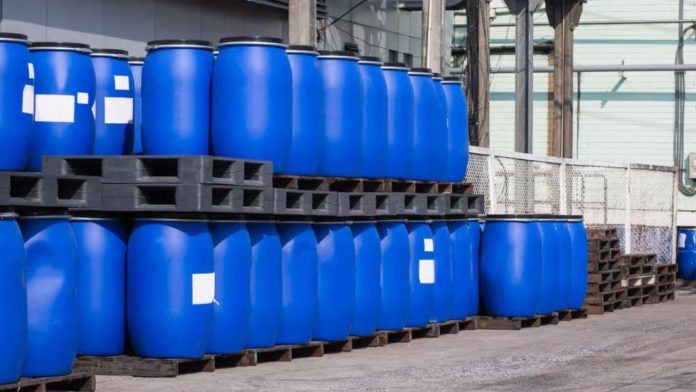Aziridine crosslinkers are used in industries due to the importance they bring in the growth of high-grade waterborne coating, which leads to improved resistance of the film to chemicals and other external factors and coating performance. As the tendency of shifting industries to the environmentally friendly waterborne technologies continues to rise, there has been a need to understand how to utilize the Aziridine Crosslinker in the appropriate manner. These multifunctional agents are reactive to carboxyl and hydroxyl groups in resins to form a strong covalent bond to increase the strength of the coating, flexibility, and moisture resistance. However, they are very sensitive to how they are factored into the process of formulation and processing.
Reading About Aziridine Crosslinkers
To begin with, get some data regarding polyfunctional aziridines, which are one of the aziridine crosslinkers. They are reactive compounds that are used to enhance the performance of waterborne coatings, inks, and adhesives. The carboxylic acid moieties of the water-soluble resins, like acrylics, polyurethanes, and polyesters, are capable of reacting rapidly with the three-membered aziridine ring of the resins. The reaction increases the amount of cross-linking in the coating film, and hence, improves the hardness, chemical resistance, and abrasion.
The aziridine compounds are non-yellowing as compared to isocyanate crosslinkers, and they are not as toxic; thus, they are preferable to use in water-based formulations. They are also processed at room temperature and therefore can be used when a substrate is prone to heat, such as plastics, leather, and fabrics.
Formulation Preparation and Mixing
This is the stage during which the formulated substance is combined with components, resulting in a final product that meets desired requirements. The aziridine crosslinker is to be diluted in deionized water, and the main slurry is to be added to ensure the best results. The most usual one is the 1:1 dilution ratio, which produces viscosity control and even mixing. The crosslinker should be introduced at low rates when the situation requires slow mixing to avoid localized overreaction or instability. Formulation stabilization can also be achieved by maintaining the pH at 8-9 to prevent premature gelation.
Dosage and Route of Administration
The amount of aziridine crosslinker to be applied is also dependent on the resin type to be applied, as well as the desired outcome of the performance. One should not add too much, as this might cause it to be hard, less elastic, or less sticky. Mechanical strength and film flexibility can be balanced by taking the optimum dosage. The coating should not be put on later than 24 hours after mixing because even storage will be involved in crosslinking of the coating, and this could reduce the pot life.
The crosslinkers are not only applicable in the production of durable films; they react at room temperature without the need for high temperatures. However, a small amount of heating, 60 °C to 80 °C, may also enhance the curing process, and this is always desirable when throughput needs to be made very rapid in terms of industry. The curing of the material should be done at the right temperature and humidity to guarantee a uniform range of crosslinking and prevent a surface defect such as blushing or pinholes.
Handling and Safety Teaching
Despite the advantages of the aziridine crosslinkers, they are reactive and are to be handled with care. Always use gloves, goggles, and protective clothes to avoid direct contact with the skin. And in case of accidental contact, then wash with a lot of water or a light detergent.
They should be stored in airtight bottles under temperatures of 5 °C to 35 °C, without direct exposure to sunlight or freezing temperatures. The product can be degraded or polymerized prematurely through air or moisture exposure and become useless.
Fine-Tuning Coating Performance
Coating of waterborne coatings with aziridine crosslinkers is known to be able to significantly enhance the functionality of these coatings, if the aziridine crosslinkers are used correctly. They increase adhesion to hard materials, improve chemical resistance and wear resistance, and provide waterproof properties without compromising gloss or clarity. They suit perfectly well on metal, plastic, leather, and paper surfaces because they can crosslink in mild conditions.
Conclusion
The crosslinkers incorporated in the modern waterborne coating systems cannot be done without aziridine crosslinkers. They are the most suitable in enhancing the quality and durability of the coating due to their high reactivity, ecological, and room temperature curing. An optimal combination of these factors could yield the most desirable outcome in coating performance for various industrial applications. Managing these factors can enable the application of H-1001 aziridine crosslinkers from SioResin, resulting in improved coating performance and stronger, more durable, and sustained finishes.










